The main road from Paleochora to Chania, after climbing steeply out of Kantanos, and before reaching Floria, passes through an area known as Anavos. There was once a sign here, but during the road improvements years ago it was damaged and now lies in the undergrowth, both shameful and disrespectful to the events which happened here nearly eighty years ago, and I hope it will be re-instated.
A linear walk of around three hours, and less than 10 km, passes through Anavos, visits the isolated churches of Agia Anna and Agioi Pateres, and two small villages of Pano Floria and Damouliana, to end in Floria. Start from the turning to Spina, 23km from Paleochora on the main Chania road (bus or parking area.) Walk on 250m to a roadside memorial, commemorating a battle during the German occupation of Crete. The inscription reads : “Here at Anavos on August 4th 1944, Greek men of the regular and reserve army attacked the Germans, causing them severe losses.” Wreaths are laid, and a short ceremony held annually on the anniversary.
Another ceremony is held near here every August, to commemorate an incident during the Civil War, which follow’d hard upon the end of the Nazi occupation, and had been simmering for several years. The Battle of Apopigadi (an area east of Spina) took place on 1st August 1947, between the DSE (the armed wing of the KKE Communist Party) and members of the M.A.Y. (Units for the Defence of the Countryside, part of the Government’s National Defence Corps.) Fatalities on both sides, with fighting between, and often within families. A sad fact is that more Cretan men were killed during the Civil War, than lost their lives during the German occupation. *
From the memorial, take the old road for a few metres, then go left, through a (usually tied) gate, and walk up to Agia Anna. Why a small church in such an isolated place ? One possible explanation is that if a church is built, later consecrated, and a service held every year, the landowners pay less taxes.
Return to the ‘old’ road ; widening and straightening took place around twenty years ago, with inevitably some loss of land, here vineyards. Pass an identical memorial plaque, and walk 150m up to a marble cross, marking an incident at the time of the Battle of Crete and the encounter in Kantanos Gorge, both in May 1941.
The track heading east from here, currently bordered with heather and colourful wild strawberry (arbutus) berries, is a worthwhile diversion. Within minutes the scenery is as wild as anywhere in Western Crete, the perfect environment for resistance fighters ; the village of Palea Roumata, a base and refuge for Cretan ‘pallikari’ and partisans for centuries, is just 5km away by little-known paths and tracks, now overgrown.
After some 15 minutes, there’s a gate across the track, firmly closed and padlocked, with a sign indicating “No Hunting.” I’d love to explore further, but clearly walkers are not welcome, so return to the main road.
Now comes a kilometre of road walking, but all downhill and with usually little traffic. Pass the sign for Floria, and at one for Pano Floria and Agioi Pateres, turn right. After 200m leave the surfaced road down right, passing (always chained) dogs.
After 400m along the winding path, fork left, below pine trees, and climb up into Pano (Upper) Floria, where there is still a small residential population. Pass between several flower-filled houses to reach a road, then turn left and almost immediately right on a track below chestnut trees, down to the valley.
Cross this to reach the church of the Holy Fathers (Agioi Pateres), and the cemetery for both Pano Floria and Damouliana. It’s an ancient building, probably Byzantine, and if not open, the key is easily located.
Continuing above the church, the road forks. Right climbs into Damouliana, where there’s little of interest, and the road beyond soon gives out into olive groves ; left leads easily down into the “Martyred Village of Floria.” As the impressive memorial in the platea commemorates …., Floria suffered tragically both in 1941 and in 1944, the latter when, leaving the island in August 1944, German soldiers murdered men and boys from here and notably at Malathiros and Kakopetros.
A less prominent plaque lists twelve German/Austrian soldiers killed, with two missing, and a plea (in both Greek and German) that “future generations will know no more of wars, only peace”, and that “Floria will be a place of remembrance and reconciliation.” We can but hope ….
There are two cafes in Floria, one in the platea, the other a short distance towards Kantanos.
Hopefully one at least will be open as you wait for a ‘bus back to Paleochora, or contemplate walking the 2.5 km back to where you left your car.
* ‘The Eagles of Crete’ – Colin Janes (Amazon) details the events of the Civil War in Crete.

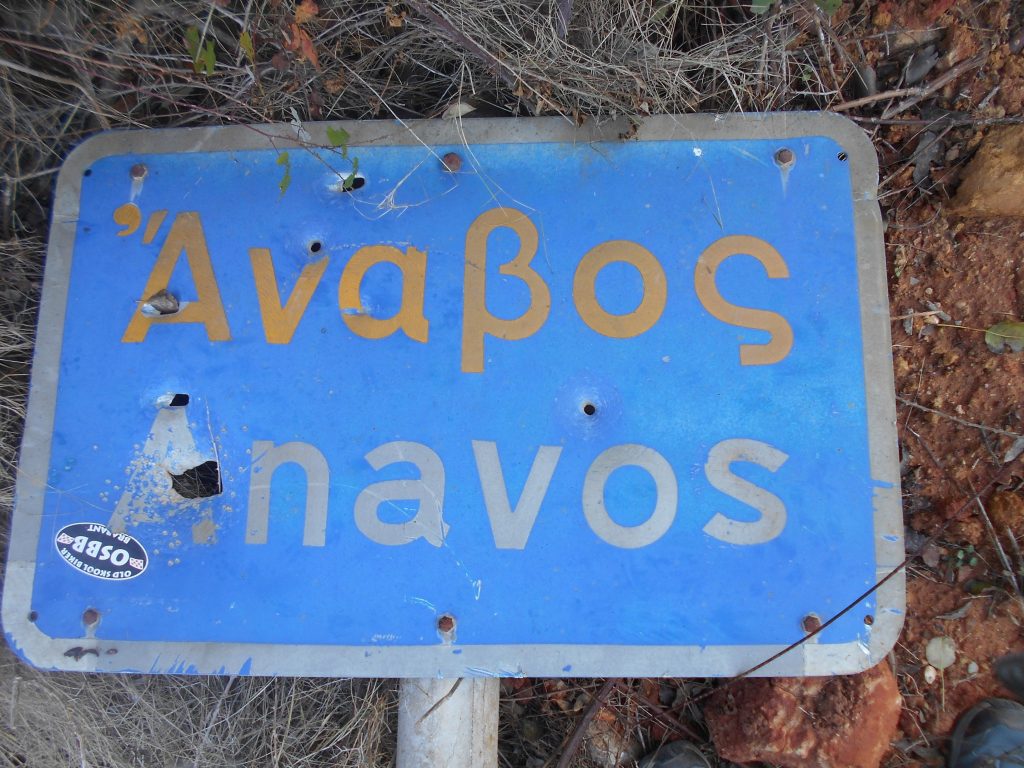
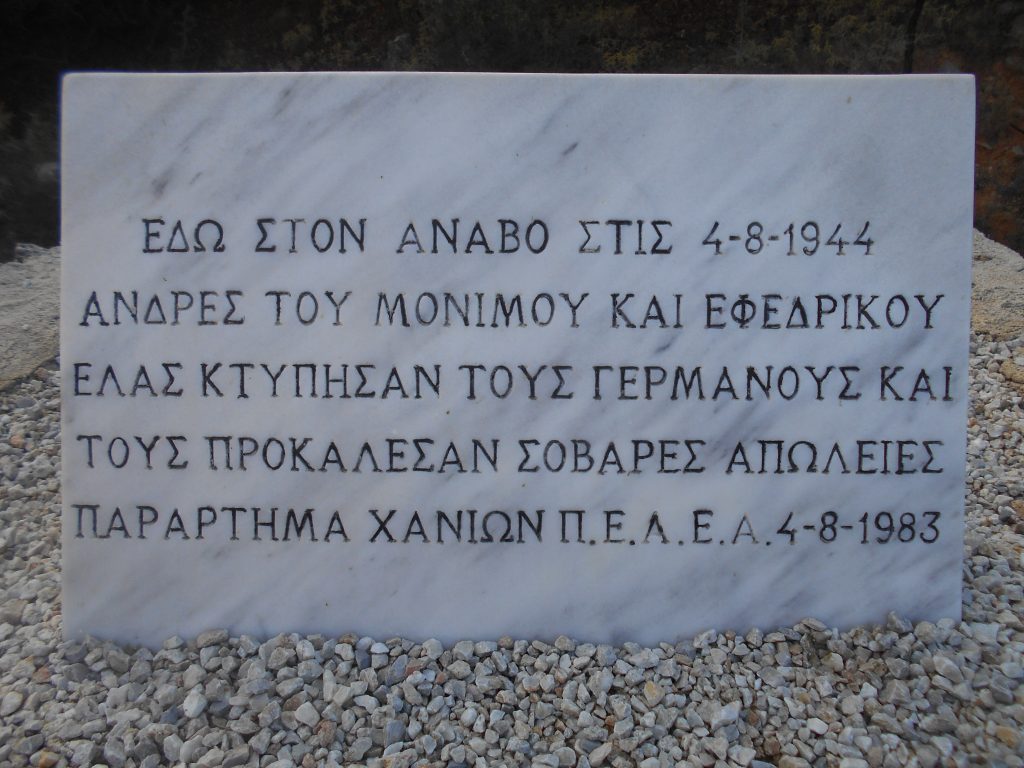
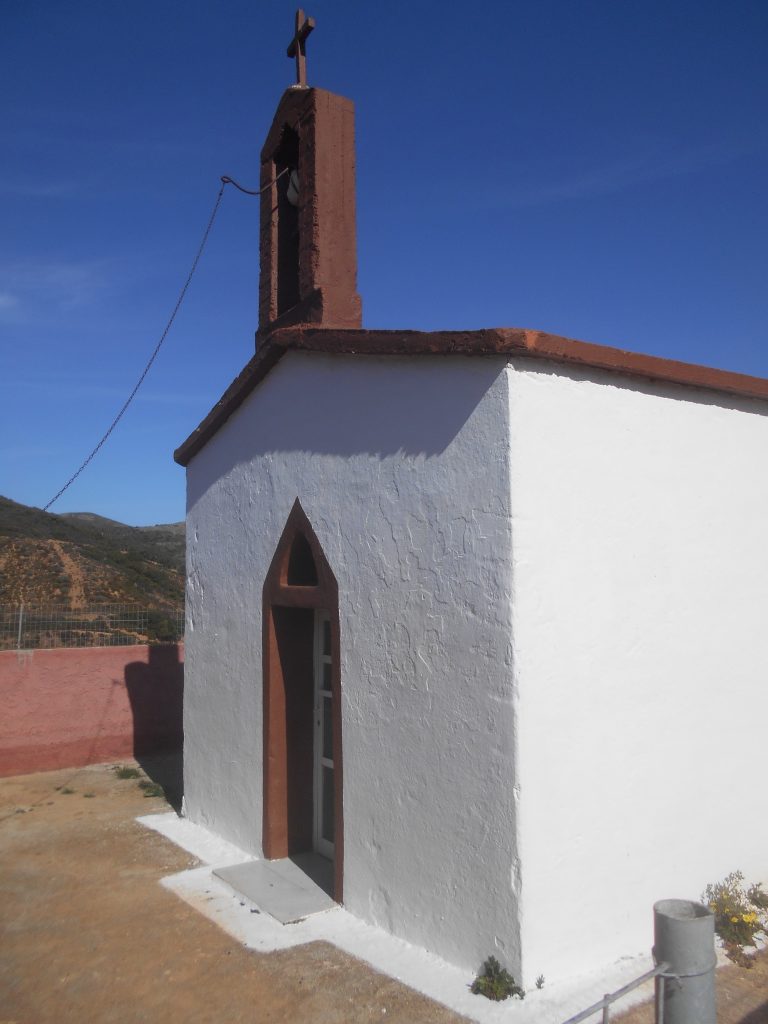
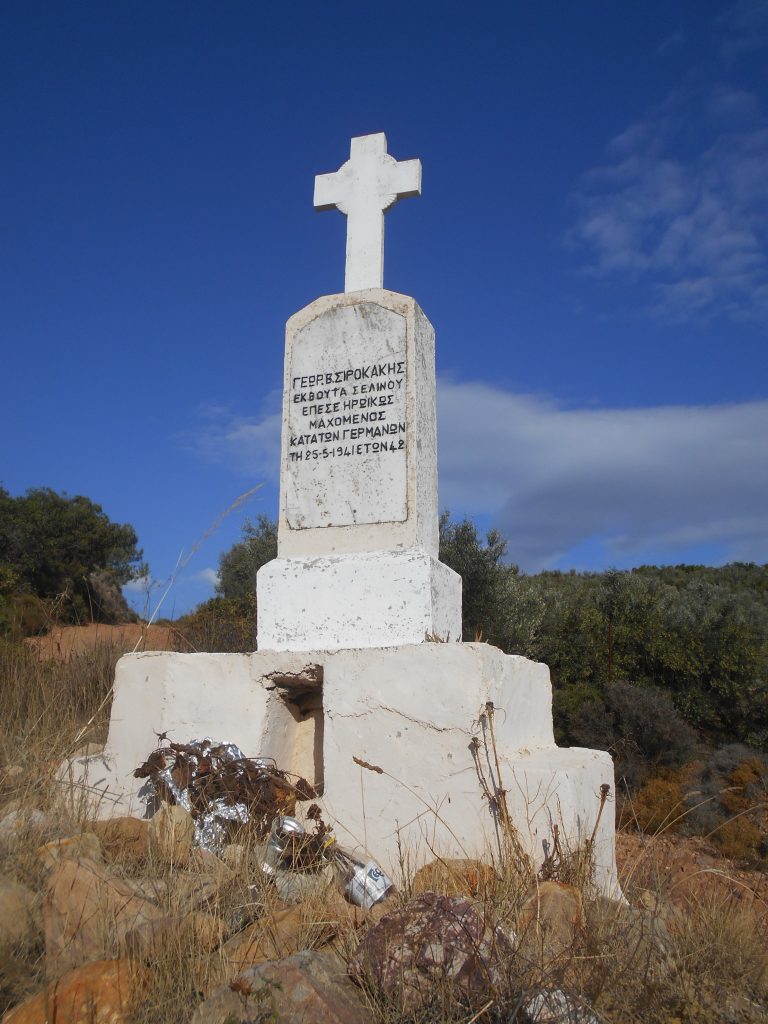
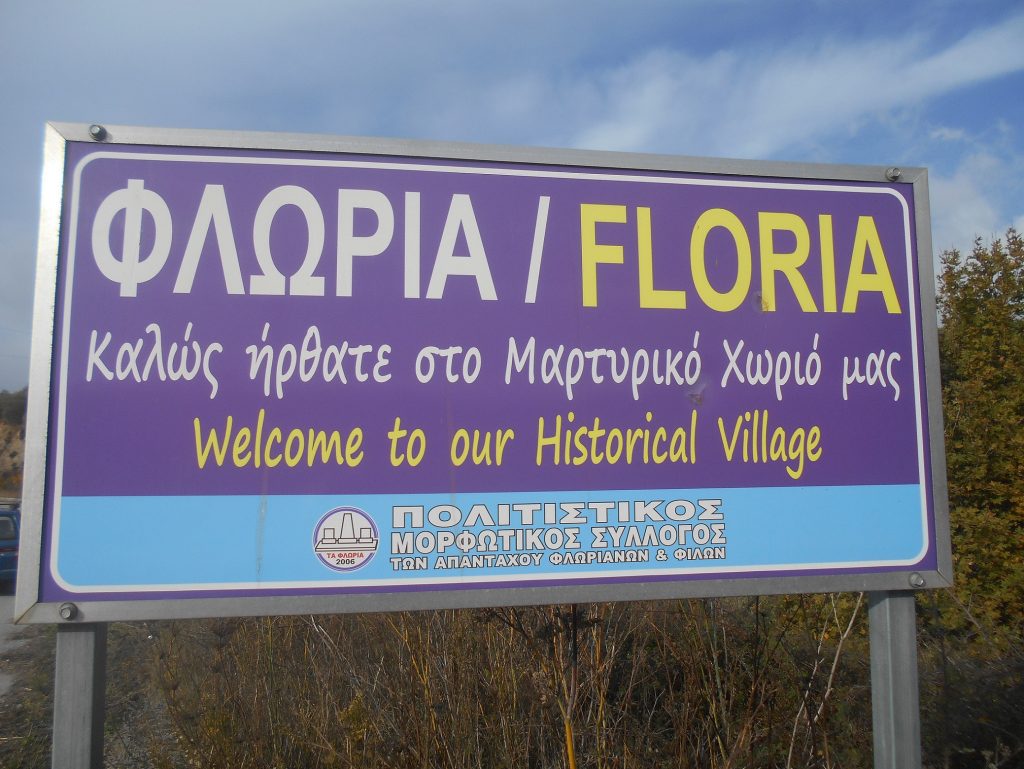
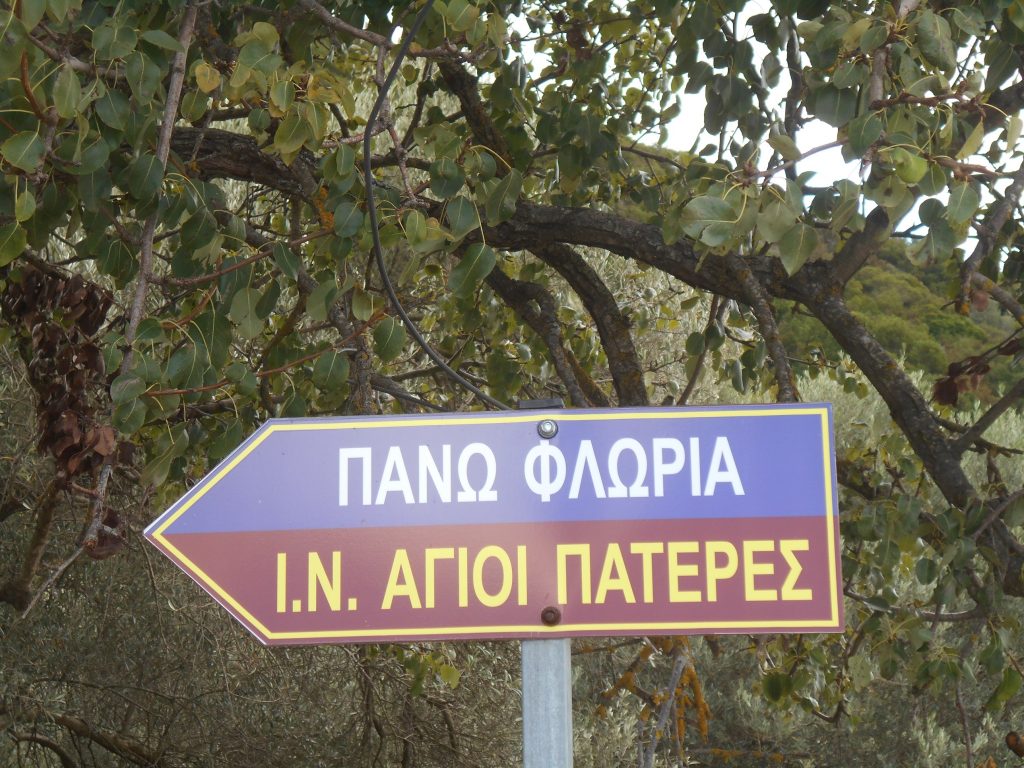

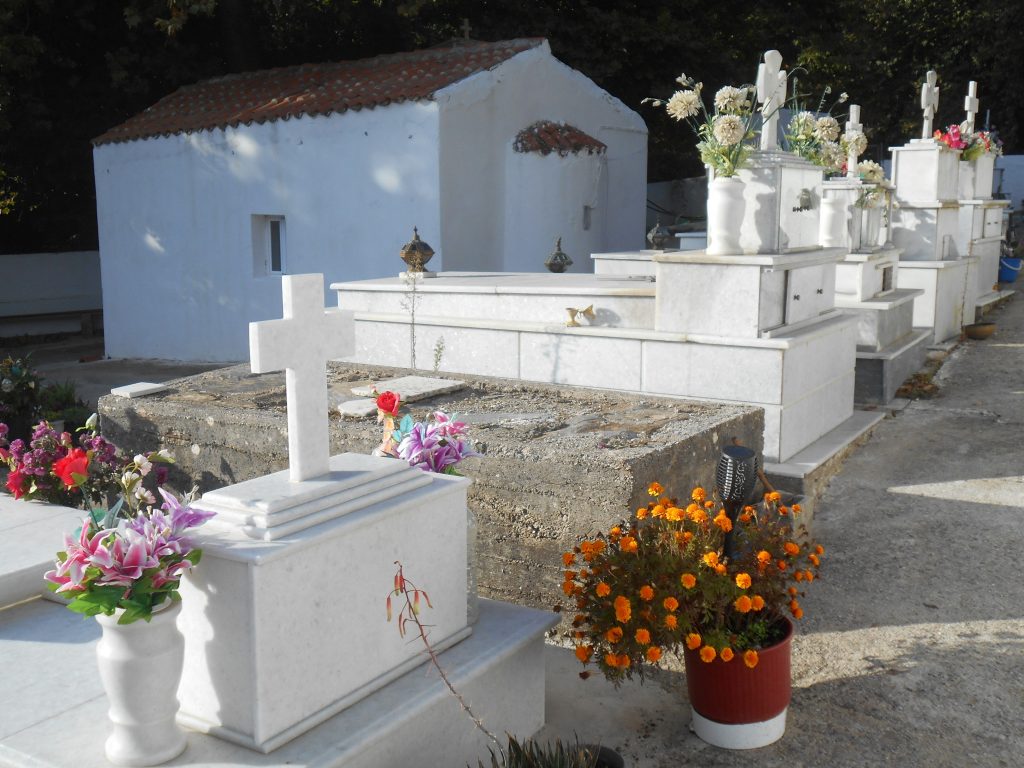
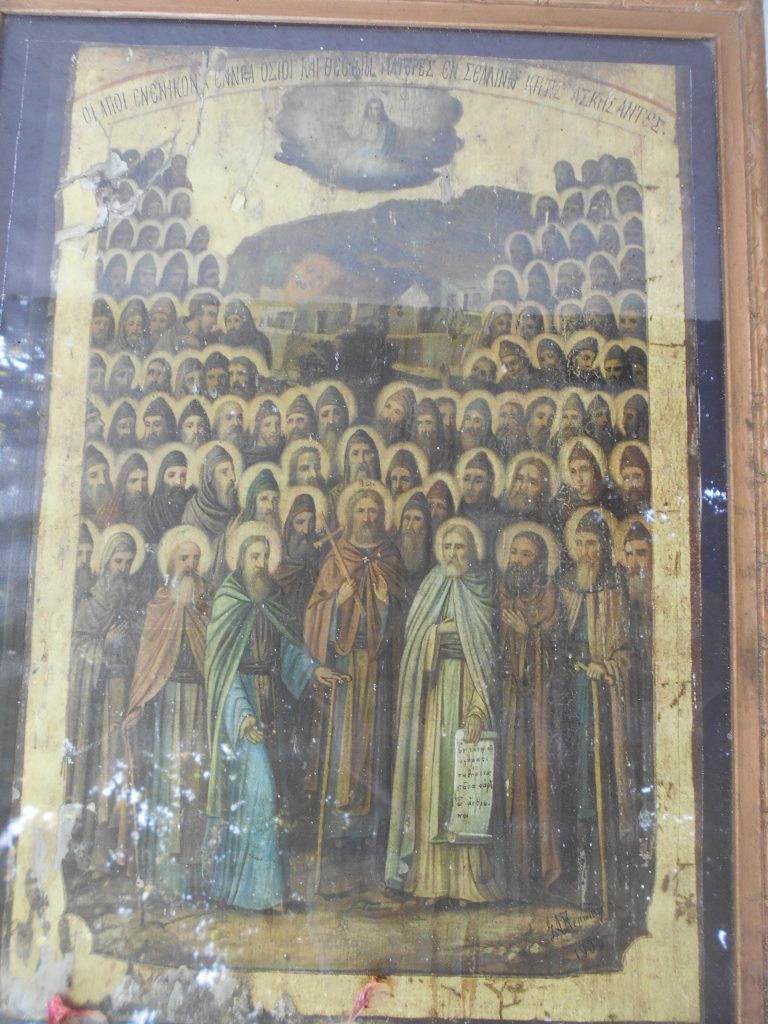

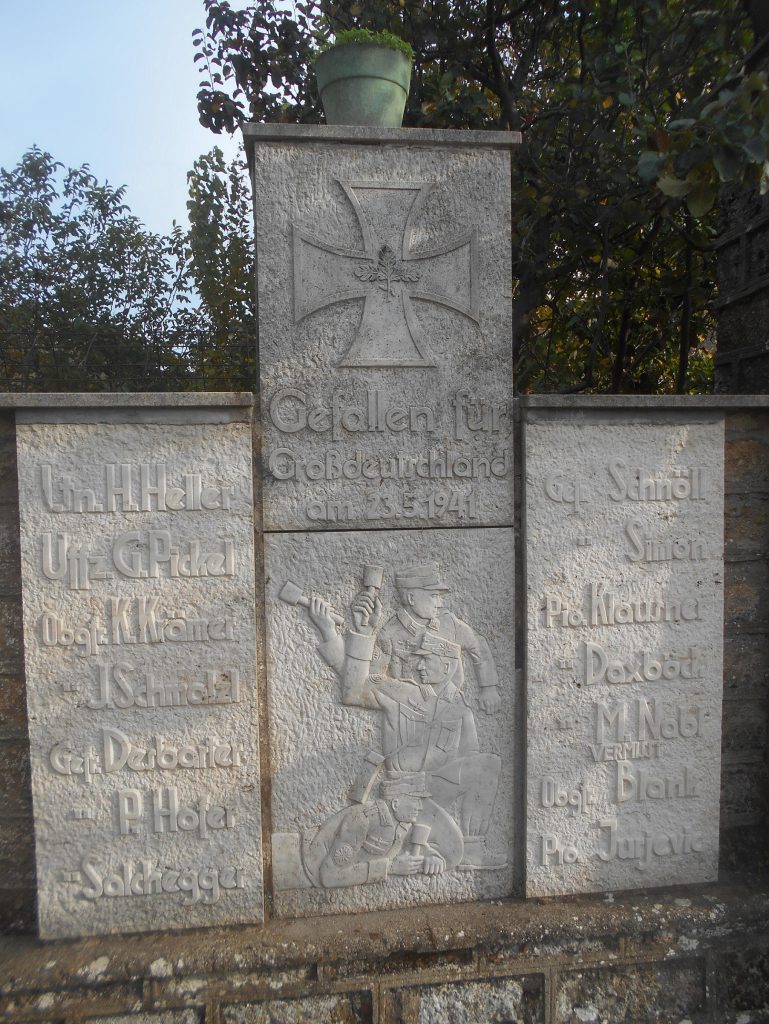
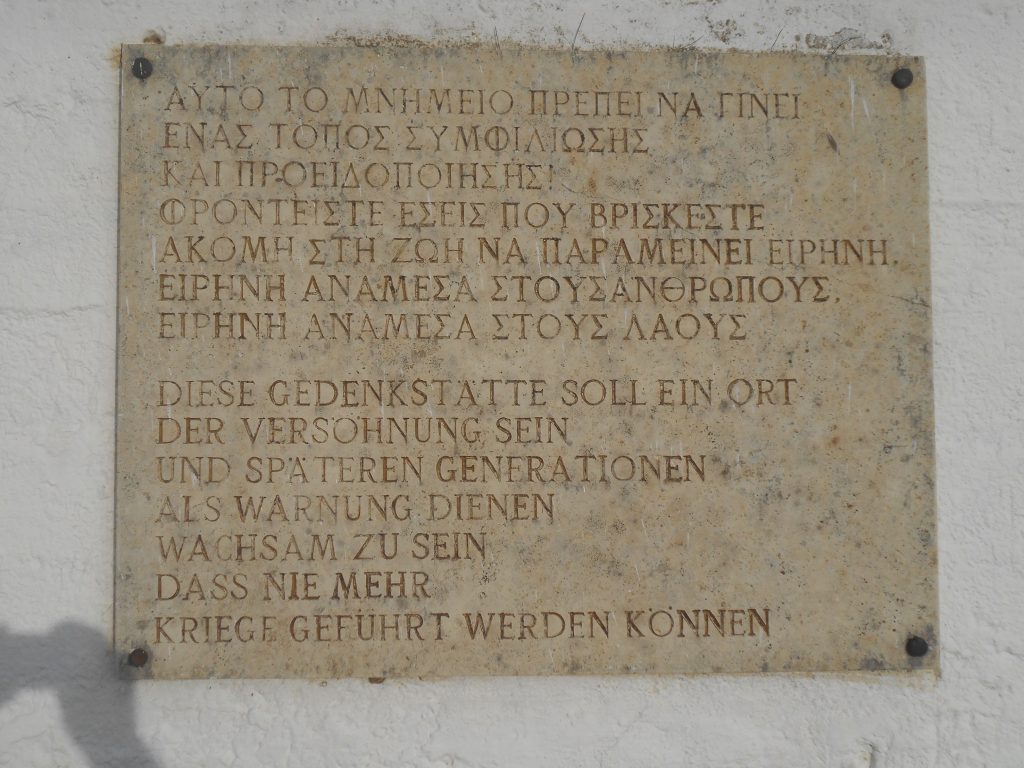
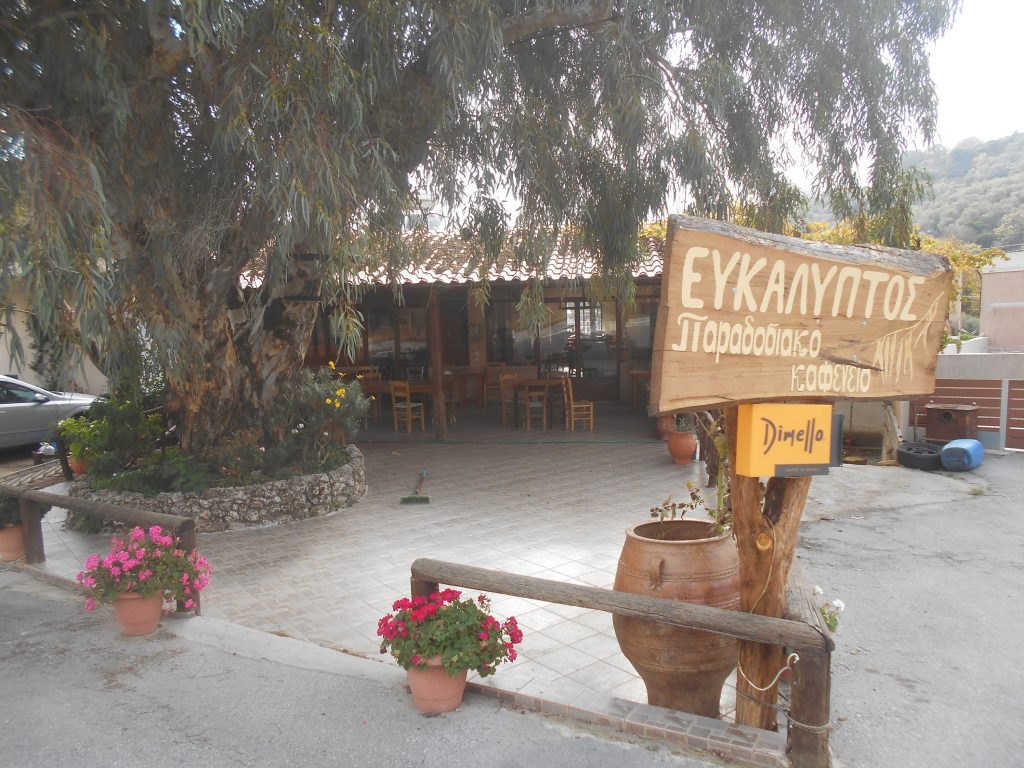

Recent Comments